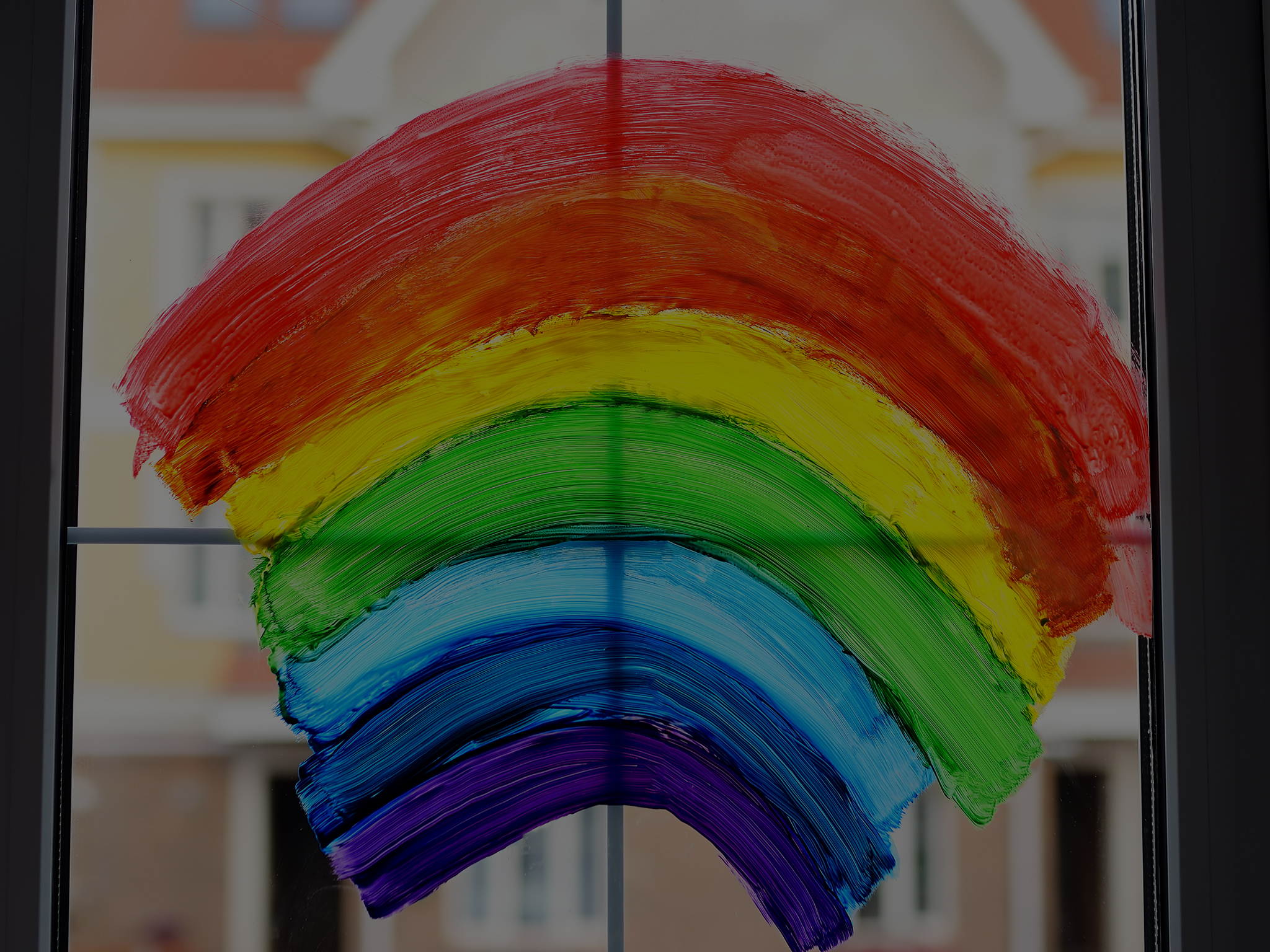Simon Thorp is an architectural lighting designer and a director at LAPD Consultants Ltd (Lighting and Product Design), leading on architectural, retail and landscape projects. He and Louise met a few years ago and used to run into each other on the train into London (Louise heading into the office and Simon on site visits with clients), but now it’s while out on a walk with their families or queueing for essentials outside their local Co-op store.
Illuminate us!
Louise: I think we all recognise when a place is nicely lit – it ‘feels’ right and we use words like ‘ambience’ and ‘atmosphere’. We might say it’s cosy or cheerful. Probably very few of us appreciate how that is achieved through lighting design. Do you have one of those jobs that needs a lot of explanation?
Simon: It depends! The lighting design profession is well established in the fields of architecture, design and construction, as well as in the world of theatre, and needs no explanation. Outside of those industries it is sometimes unheard of. I never know how much explanation I need to give each time and I think I can often end up leaving some people a bit confused.
What’s the most interesting project you’ve worked on recently?
Over the past few years I’ve had a steady stream of really interesting projects, from movie and concert halls to public realm areas, and I’ve been enjoying them all. I love what I do.
I did once work on a project to direct dappled sunlight into a basement area three storeys below the roof level. The project involved working with a heliostat (large sun-tracking mirror) which at the time wasn’t used anywhere in the UK.
We are lucky in that we have a great deal of natural light in our offices, with large windows on to a balcony and light tunnels above. How much difference does it make, having natural light in a workplace?
It makes a huge difference for many different reasons. Sitting indoors, at a desk for most of our waking day/week is not what humans were ‘designed’ for. Since humans evolved we spent our days outside, exposed to the full spectral distribution of natural light. Only since the industrial revolution have we spent so much of our time indoors.
We need natural light to provide us with vitamins that are not delivered from the limited light spectrum of artificial light. We also need the changing nature of natural light to regulate our circadian rhythm through changes in the colour temperature of the light and its intensity. The un-changing light levels within our working spaces provide no stimulation for us.
“Views to the outside world make us aware of the passing of time during the day and the year, connecting us with nature.”
A lack of daylight is linked with depression, anxiety, increased absenteeism, insomnia and osteoporosis.
Is there a decent alternative to natural light? Do SAD lamps have the same positive effect, or are they a waste of money?
There is no ideal replacement for natural light but there are some measures you can take to help.
“A well designed lighting scheme will help to create a more stimulating environment with a high level of visual interest that helps to maintain our focus throughout the day.”
With the continuous advances of LED technology there are now light sources that emulate daylight and contain wavelengths of light close to it. We can also vary the colour temperature of our light sources throughout the day, using controls technology, to replicate the shift from warm light in the morning to a cooler light at noon, which then shifts back towards the warm end of the spectrum as evening draws in. This helps to regulate our circadian rhythm.

